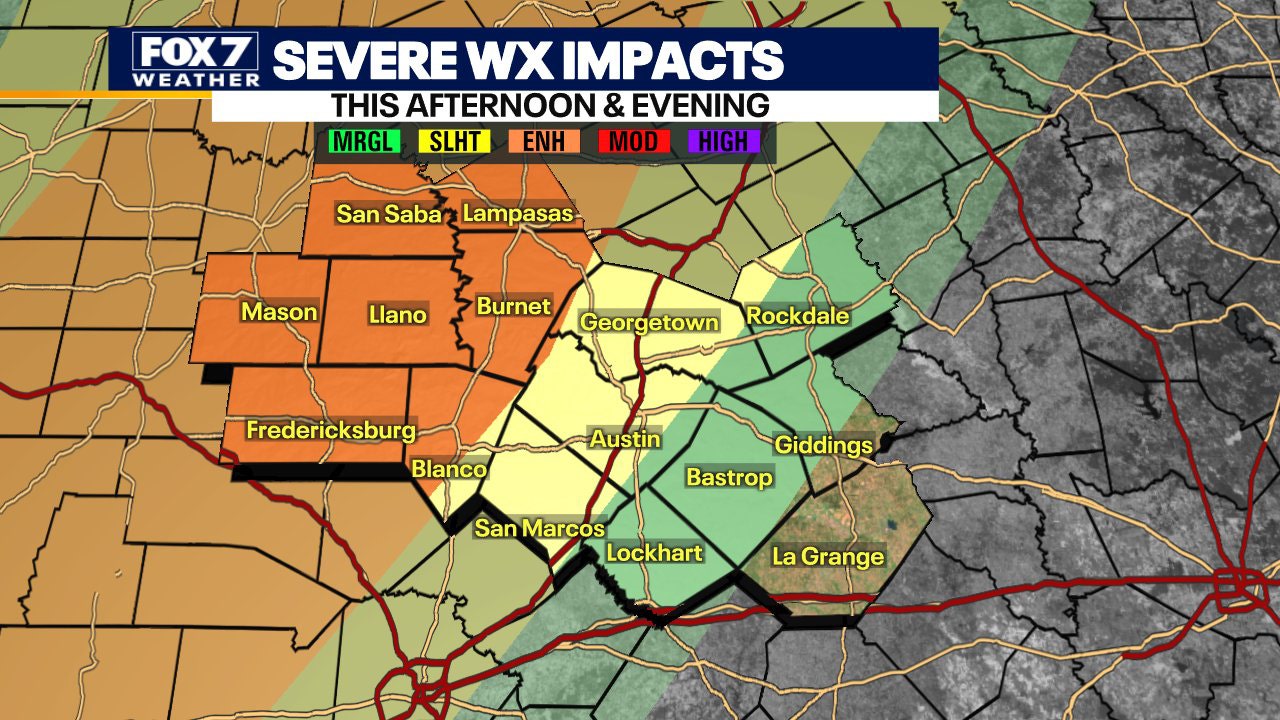

The objective of Dop-NET is to enable the same rapid progression of classification algorithms that ImageNet facilitated within the radar signal processing community. Image classification is a mature area of computer science and has benefited greatly from the creation of the ImageNet dataset , which enabled the rapid progression of image classification processing. A current disadvantage, in comparison to optical imagery, is that radar micro-Doppler data is much less common and more challenging to generate or access. The hypothesis of the research in this area is that radar-based gesture recognition will be more effective than vision-based methods, because they are not susceptible to light conditions, and can detect and classify targets, providing rich Doppler information . Human–computer interaction (HCI) using dynamic hand gesture recognition is potentially an effective and natural method for a user to control a device. Gesture recognition using RF sensors is a growing area of radar research, as companies including Google are starting to produce real devices that look to recognise hand movements with radar sensors. The first data to be released on Dop-NET is the radar measurements of human hand gestures. This Letter introduces what Dop-NET is, the goals of the dataset and baseline classification results on the data currently available. A continuous wave 24 GHz radar module is used to capture the first contributions to the Dop-NET database and classification results based on discriminating these hand gestures as shown.ĭop-NET is a newly developed shared dataset containing radar micro-Doppler signatures . Dop-NET is a database of radar micro-Doppler signatures that are shareable and distributed with the purpose of improving micro-Doppler classification techniques. This Letter introduces the Dop-NET radar micro-Doppler database and data challenge to the radar and machine learning communities. For such applications, access to comprehensive databases of signatures is critical to enable the effective training of classification algorithms and to provide a common baseline for benchmarking purposes. With modern electronics and signal processing it is now possible to create small compact RF sensors that can sense subtle movements over short ranges. Traditionally radar systems are considered to be very large, complex and focused on detecting targets at long ranges. Radar sensors have a new growing application area of dynamic hand gesture recognition. IET Generation, Transmission & Distribution.IET Electrical Systems in Transportation.IET Cyber-Physical Systems: Theory & Applications.IET Collaborative Intelligent Manufacturing.CAAI Transactions on Intelligence Technology.


 0 kommentar(er)
0 kommentar(er)
